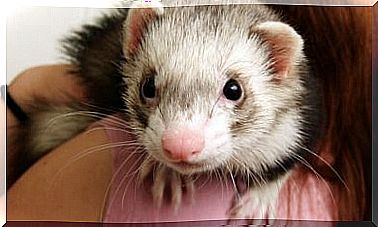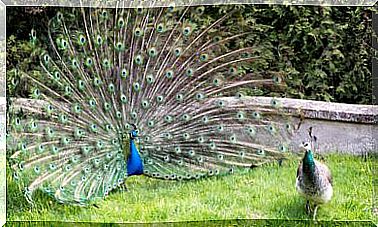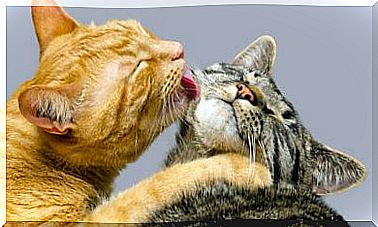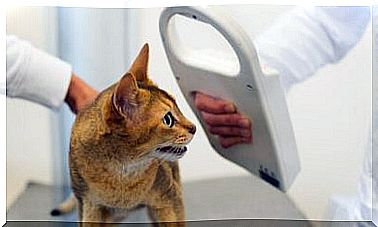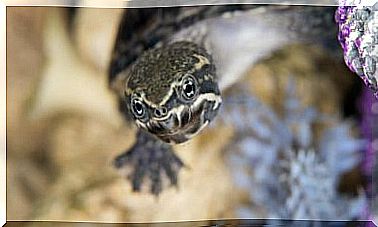Why Is Zebra Skin Scratched?

The skin of the zebra makes this animal unmistakable. The black and white stripes that characterize it are reason for imitation in the human realm. Fabrics for clothing and upholstery, designs of decorative elements or cushions, have been proposed to copy the original design of black and white stripes.
Outside the domain of designers, the skin of the zebra has also been the subject of scientific research. Through time different theories have arisen about the reason for the original stripes.
The skin is the best defense
Science shows that there is always a deeper reason for an appearance. Protection, shelter or camouflage are some of the explanations of why a living being looks like it does.
In general , the characteristics of the skin of animals depend on the habitat in which they live. With the skin it protects itself from the weather and from the aggressions of other animals. Therefore, it has a defensive function that ensures survival.
The skin type, smooth, hairy, feathered, light, dark, allows adaptation to the environment. And the zebra does not escape this rule; the stripes on their skin continue to be the subject of research and debate.
Why the stripes on the zebra skin?
Much research has been done on the subject. Scientists have undoubtedly been attracted to the original appearance of the zebra; explanations have been going on for more than a century. But a new voice always arises that devalues the previous one and proposes another reason.

Three conclusions, all credible and possible, are the result of the most recent research. Zoologists continue to debate about the validity and credibility of one and the other.
Camouflage
According to this version , the stripes would serve the animal to blend in with the environment, to blend in with the environment. In this way, they would be out of the visual field of lions and hyenas, their main predators.
This theory explains that the stripes on the zebra skin create an optical illusion that hides them. The black ones would allow the zebras to blend in with the trees; the white ones would imitate the beams of light that filter between their glasses.
However, some research indicates that predators manage to locate them more than 50 meters when it is day and 30 meters if it is at night. They perceive their silhouettes the same as they do with other animals of the same size; in this case, the stripes would be of no use as protection.
Thermal effect
A study from the University of California explains zebra stripes by stating that they keep them in hot habitats. The research was based on the discovery that not all zebras have the same number of stripes.
The number of stripes on zebras is higher in areas where the temperature is higher. The warmer the habitat, the more striped the zebra’s skin has.

Horsefly and fly repellent
Zebras live in the savannah, lands of good grasslands. They are found near water sources, as it is an animal that needs to drink a lot of water frequently.
In this geographic landscape, the zebra coexists with horseflies and tsetse flies; they are blood-sucking insects. The black and white stripes on zebra skin have been found to be a defense against these insects.
Studies have been done in Hungary and Sweden, and black, brown and white horses have been experimented on. Insects prefer dark coats. What about zebra stripes?
The narrow black and white stripe pattern has a special effect by reflecting light. The bottom line is that zebras have an optimal skin design to generate the least possible attraction for insects.
The general tendency of zoologists is to think that there is no single valid reason. The stripes on the zebra’s skin are surely due to many factors that make this animal one of the most attractive equines on the planet.
